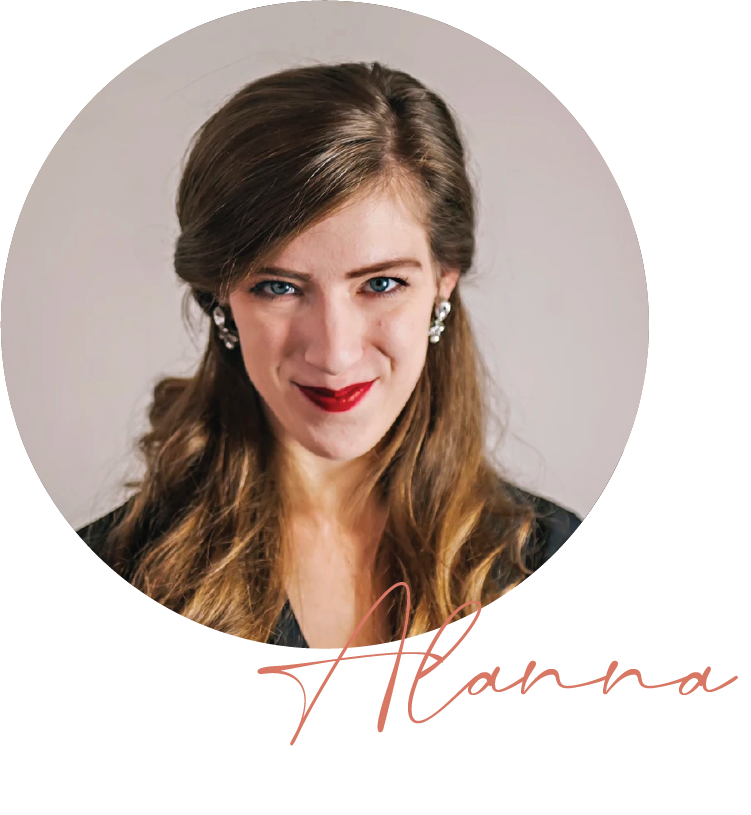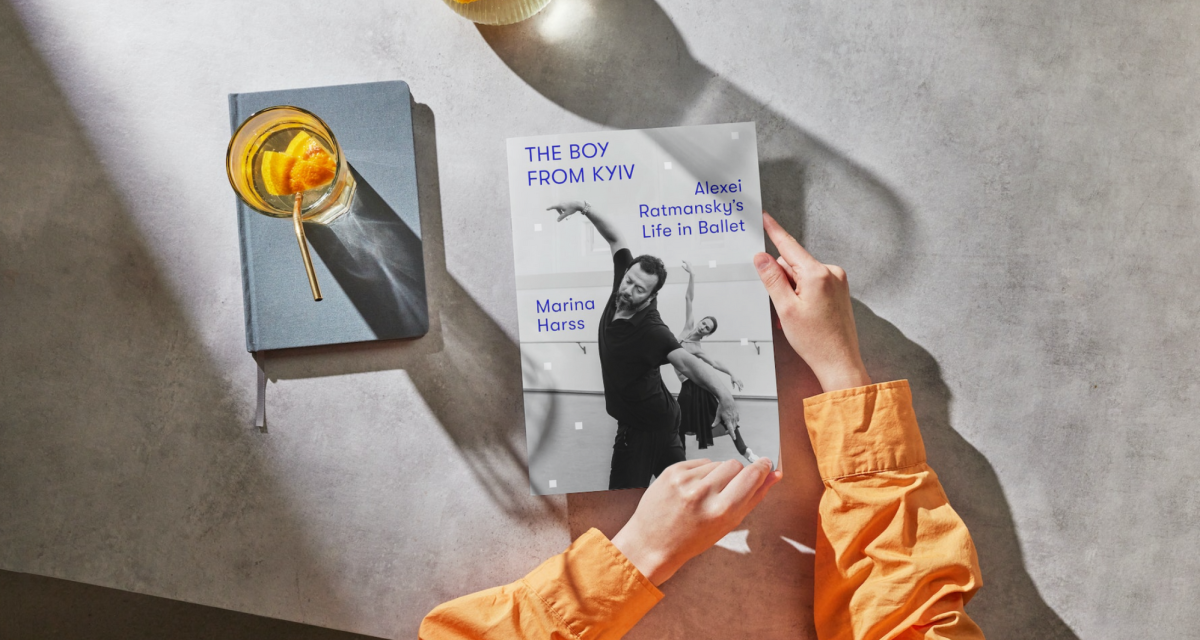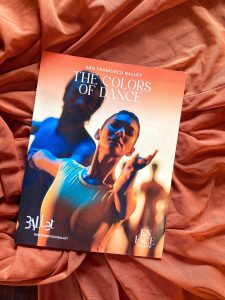Narrative in Motion
From the moment dance author and critic Marina Harss witnessed Alexei Ratmansky’s introduction to the New York dance scene in 2005, she was captivated by his choreography. According to Harss, “I remember nobody knew what his work, The Bright Stream, was going to be like. Everyone was curious. It’s set on a communal farm and is a Soviet ballet. Everyone thought it was going to be a train wreck. And when the lights came up, we were struck by how original the ballet was, how fresh it felt.” Harss knew that his was a career she wanted to follow.
Born in St. Petersburg (then Leningrad), Alexei Ratmansky spent his early years in Kyiv, received his initial ballet training in Moscow at the Bolshoi Ballet Academy, and launched his dance career in Ukraine, after which he took on the role of Artistic Director at the Russian Bolshoi Ballet. From there he moved to the United States where he became the first Artist in Residence at American Ballet Theatre before becoming Artist in Residence at New York City Ballet.
It was when Ratmansky joined the American Ballet Theatre that the idea of a book took hold and Harss began to delve into research. A journey began that took Harss first to performance after performance of Ratmansky’s work, then to one-on-one interviews, then to countless hours spent watching him and his dancers in rehearsal, all finally culminating in an adventure to both Russia and Ukraine to be in the spaces where Ratmansky spent his childhood and speak to the people who formed his earliest years. Over a decade in the making, the resulting book, The Boy from Kyiv: Alexei Ratmansky’s Life in Ballet, stands apart as Ratmansky’s first biography.
“Going to Moscow and to the Bolshoi Ballet Academy where he spent ten years taught me a lot about his formation,” says Harss. “Going to Kyiv was very sweet. I met his parents and they were incredibly generous. Sitting at their dining table in this apartment overlooking Kyiv as the light would change from afternoon to evening, listening to the stories of his childhood and what he was like as a kid. Seeing that in some ways he’s still that same person, even though so much has happened, and he’s done so much since then.”
After such close attention to his work, Harss has developed unique insights into what makes Ratmansky one of a kind in the world of ballet today.
“His work is multidimensional. If there can be more of a curve, there is. If there can be more of a plié, there is. One of the main qualities is more, deeper, bigger, faster. And he is in love with the ballet vocabulary. They are ballet steps but they look renewed and fresh. They don’t look like they’re out of a kind of kit; they look like they’re being invented on the spot. He’s like a sculptor. He cuts away and cuts away and cuts away and then suddenly it has changed completely.”
Just as Ratmansky cuts away at his own work as he slowly reveals the polished piece underneath, so recent events are shaping Ratmansky as a choreographer. As the first piece he created after the Russian invasion of Ukraine, Wartime Elegy reveals a glimpse of Ratmansky’s evolution.
Due to his background and identity entwining Russia and Ukraine together, the Russian invasion of Ukraine beginning in February of 2022 has had a monumental impact on Ratmansky as an artist and a person. At the time the invasion began, he was in Russia creating a new work on the Bolshoi Ballet. He immediately left Russia and condemned the invasion, requesting that Russian ballet companies also cease performing any of his work. (A request that has not been honored—some of his work has since been performed in Russia with his name removed from the production.)
When considering the depth of impact of the invasion upon Ratmansky, Harss says,” It’s a huge moment of [reevaluating] his own identity and of the place of art in the world, because he’s always been an artist of light. He uses humor, surrealism, brightness, and imagination. But suddenly he has found himself in the middle of history, not being able to turn away from that. He is being forced to look at the relationship of art and history. Wartime Elegy was just a first step. It was something he had to make because he was in a state of shock.”
“[The Russian invasion] has also made him feel differently about his own work,” says Harss.”The piece that brought him to the world, The Bright Stream, now feels anathema to him because you can’t laugh about history. That ballet expressed a sense of irony about the past. And now he doesn’t feel that you can be ironic about the Soviet past.”
Whether it be a nationalist folk cry melded with grief over violence and loss in a ballet such as Wartime Elegy, or a book capturing a chapter of the still-evolving narrative of one of the most important choreographers of our time such as The Boy from Kyiv, these acts of art preserve historical moments in the making.
As Ratmansky’s career progresses, more books will follow, but Harss’ The Boy from Kyiv lays a sturdy foundation for understanding his unique artistry and the impact of his early years on his creative evolution. It also provides us with an engaging and insightful read that shouldn’t be missed.
Interview excerpted and edited for clarity.
![]()

Alanna Love is a writer based out of Boise, Idaho. She revels in tracing the thread of beauty woven throughout daily life, especially when it is found in ballet, literature, or historical wardrobing.

Follow Us
Subscribe For Updates & Giveaways!
Stay up to date with exciting original content, upcoming performances, and giveaways unique to your community and beyond!


